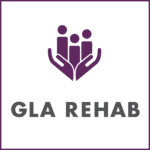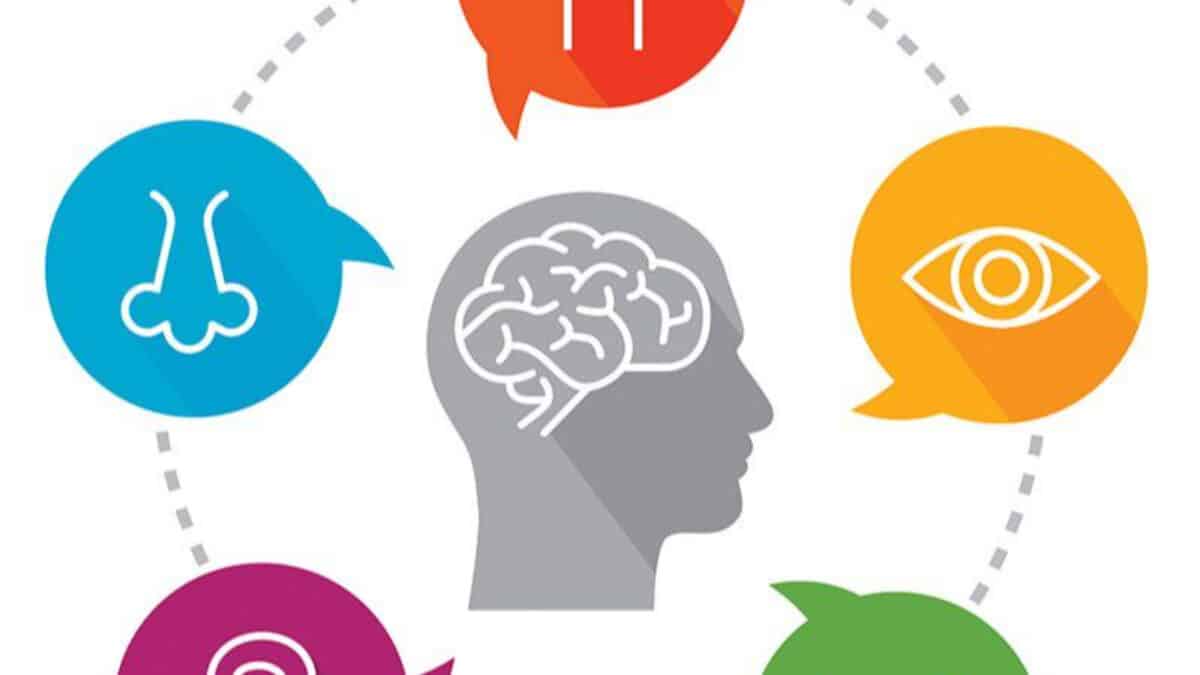In June 2016, the SABS new definition for catastrophic impairment will take effect.
A new rating method for the combination of physical and mental impairments that includes the use of the 6th edition of the AMA Guides is introduced.
The 6th edition method, the rater derives 3 scores by evaluating the client using 3 different scales:
- Brief Psychiatric Rating Scale
- The Global Assessment of Functioning Scale
- The Psychiatric Impairment Rating Scale
In this blog post, we will be discussing the Global Assessment of Functioning Scale (GAF).
The first version of the scale was created in 1962 and subsequently revised in 1976. In 1987, the scale was introduced with the third edition of the Diagnosis and Statistical Manual of Mental Disorder (DSM).
The GAF represents the 5th stage of the assessment process that clinicians may use to determine an individual’s level of psychosocial functioning:
- Axis I – Clinical Disorders
- Axis II – Personality Disorders
- Axis III – General Medical Conditions
- Axis IV – Social and Environmental Problems
- Axis V – Global Assessment of Functioning
The GAF assigns a clinical judgment in numerical fashion to an individual’s overall functioning level. Impairments in psychological, social and occupational/school functioning are considered, but those related to physical or environmental limitations are not.
The scale ranged from 0 to 100, with 100 being “superior functioning”.
The clinician will start at either the bottom or the top of the scale and go up/down the list until the most accurate description of functioning for the individual is reached. The clinician assesses either the symptom severity or the level of functioning, whichever is the worst of the two.
The clinician rates the individual’s GAF in relationship to the “current period”, which may encompass the past week, the past month or the past six months.
| Score | Assessment of Symptoms |
| 100-91 | No symptoms. Superior functioning in a wide range of activities, life’s problems never seem to get out of hand, is sought out by others because of his or her many positive qualities. |
| 90-81 | Absent or minimal symptoms (e.g., mild anxiety before an exam), good functioning in all areas, interested and involved in a wide range of activities, socially effective, generally satisfied with life, no more than everyday problems or concerns (e.g., an occasional argument with family members). |
| 80-71 | If symptoms are present, they are transient and expectable reactions to psychosocial stressors (e.g., difficulty concentrating after family argument); no more than slight impairment in social or occupational functioning (e.g., temporarily falling behind on projects). |
| 70-61 | Some mild symptoms (e.g., depressed mood and mild insomnia) OR some difficulty in social or occupational functioning (e.g., theft within the household), but generally functioning pretty well, has some meaningful interpersonal relationships. |
| 60-51 | Moderate symptoms (e.g., flat affect and circumstantial speech, occasional panic attacks) OR moderate difficulty in social or occupational functioning (e.g., few friends, conflicts with peers). |
| 50-41 | Serious symptoms (e.g., suicidal ideation, severe obsessional rituals, frequent shoplifting) OR any serious impairment in social or occupational functioning (e.g., no friends). |
| 40-31 | Some impairment in reality testing or communication (e.g., speech is at times illogical, obscure, or irrelevant) OR major impairment in several areas, such as work, family relations, judgment, thinking, or mood (e.g., avoids friends, neglects family). |
| 30-21 | Behavior is considerably influenced by delusions or hallucinations OR serious impairment, in communication or judgment (e.g., sometimes incoherent, acts grossly inappropriately, suicidal preoccupation) OR inability to function in almost all areas (e.g., stays in bed all day, no home or friends). |
| 20-11 | Some danger of hurting self or others (e.g., suicide attempts without clear expectation of death; frequently violent; manic excitement) OR occasionally fails to maintain minimal personal hygiene (e.g., smears feces) OR gross impairment in communication (e.g., largely incoherent or mute). |
| 10-1 | Persistent danger of severely hurting self or others (e.g., recurrent violence) OR persistent inability to maintain minimal personal hygiene OR serious suicidal act with clear expectation of death. |
| 0 | Inadequate information. |
The major limitation of the GAF is the conflation of symptom severity with functional impairment.
For the majority of MVA cases, a GAF score of between 31-40 is unlikely, implying a maximal mental WPI as 20%.
The score of the GAF will convert to a WPI rating, which will then be used in combination of the 2 other scales, the PIRS and the BPRS, to obtain the median WPI rating which will then be combined with the physical WPI rating to obtain the total WPI.


